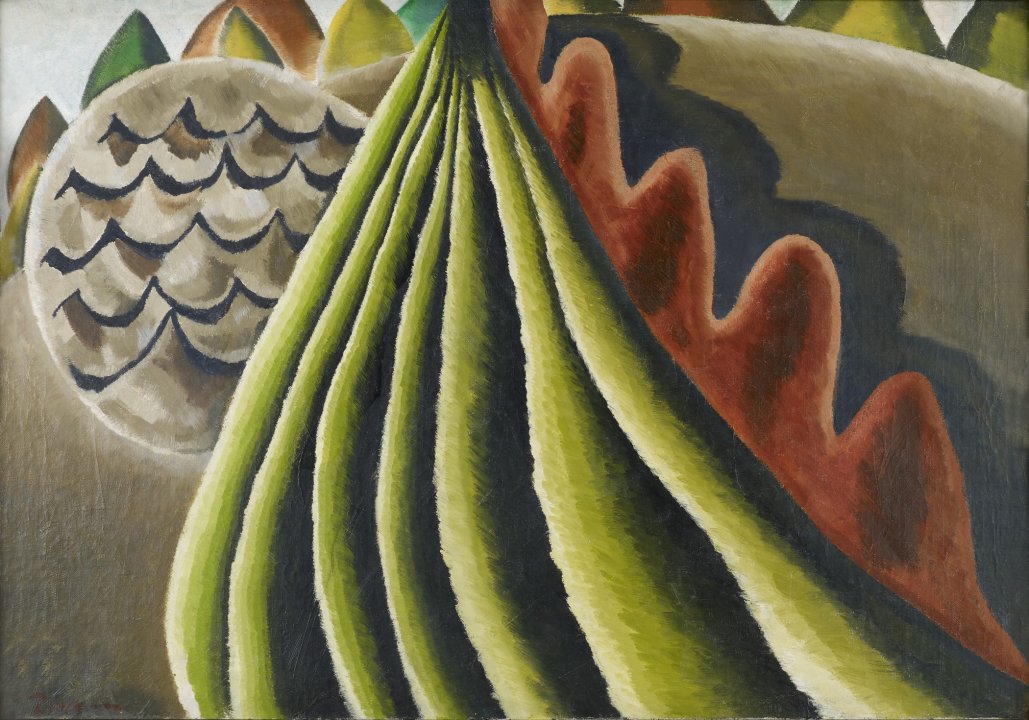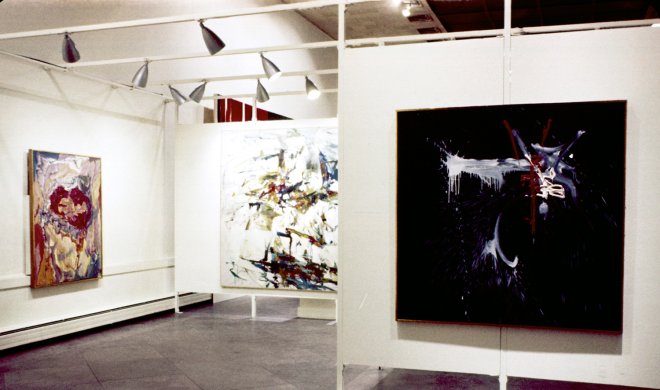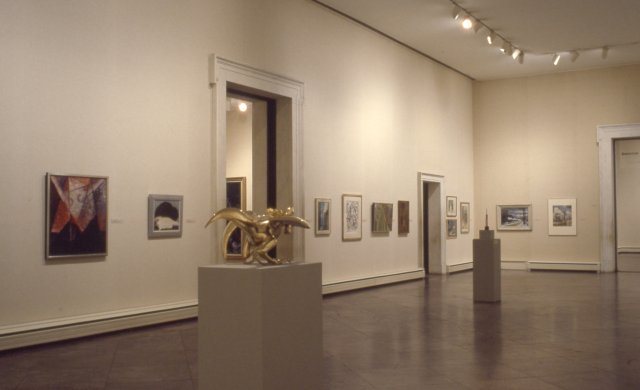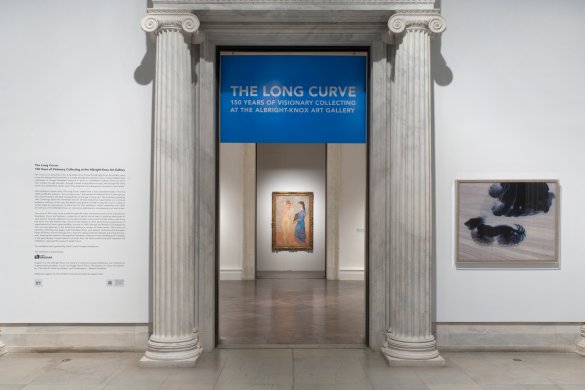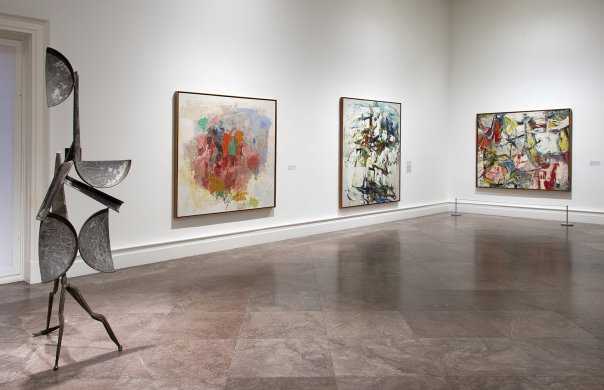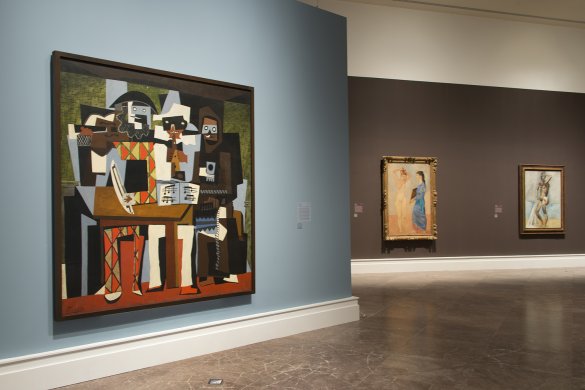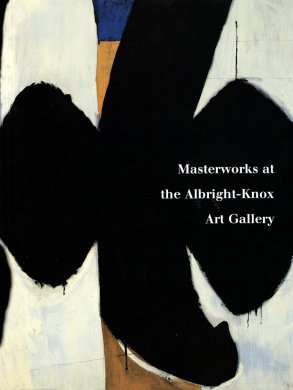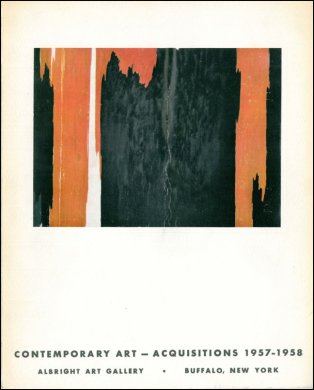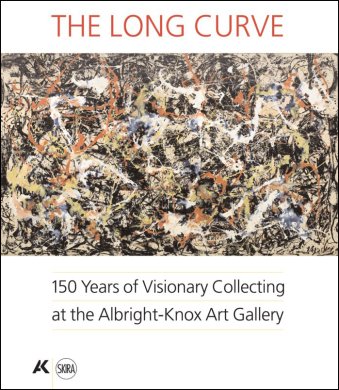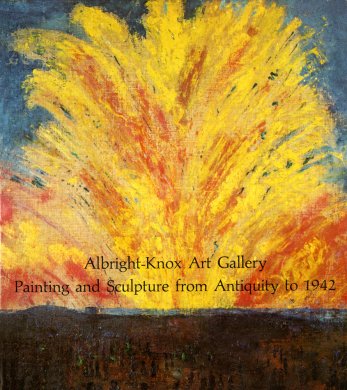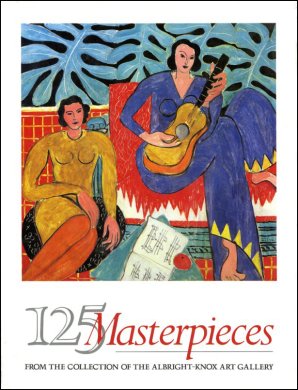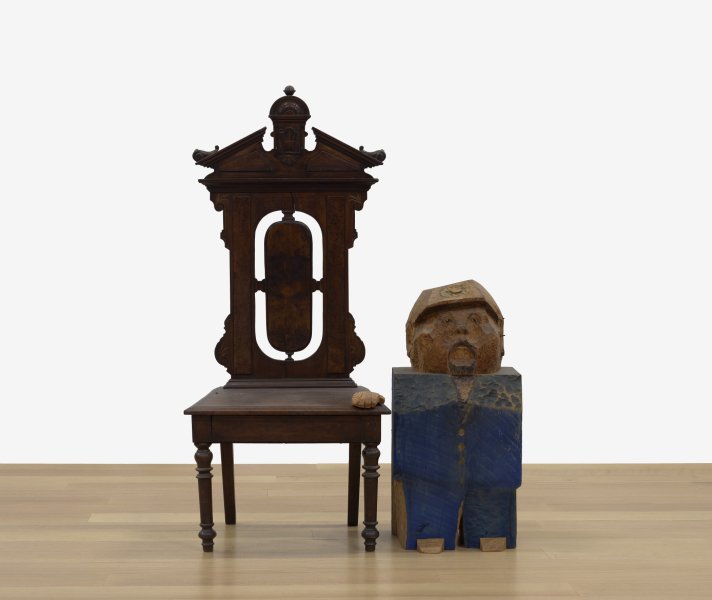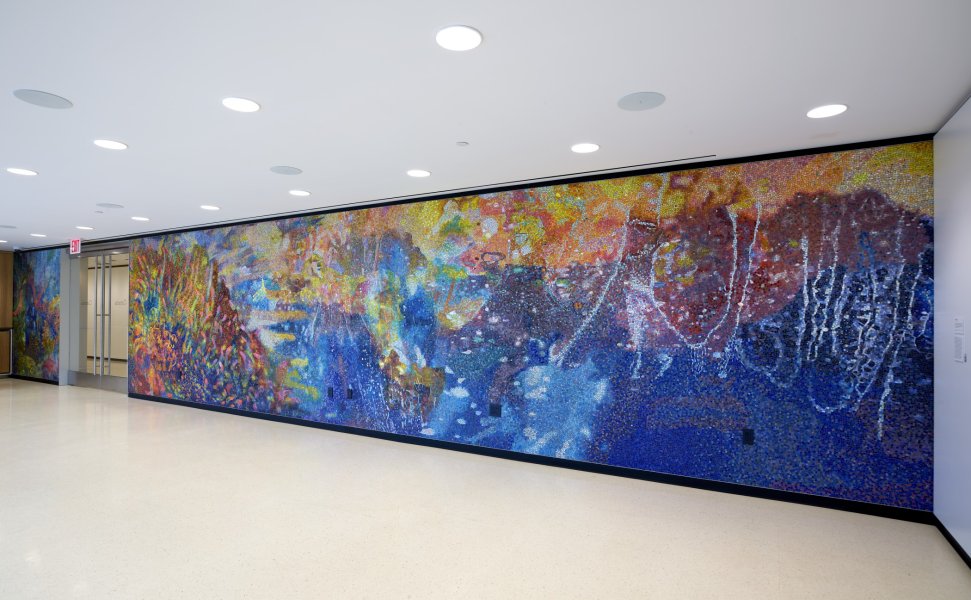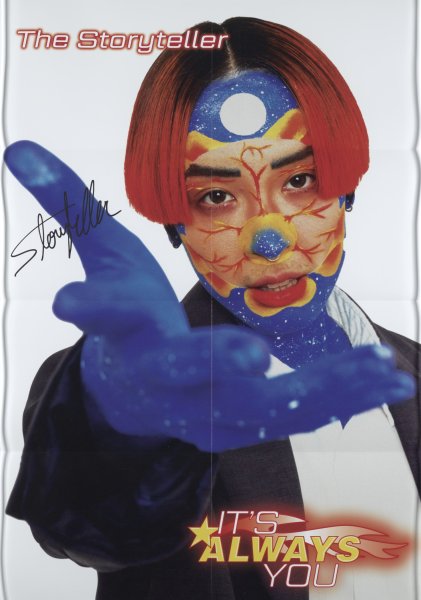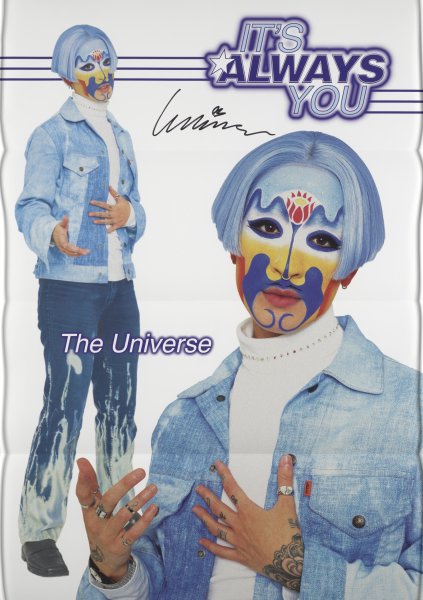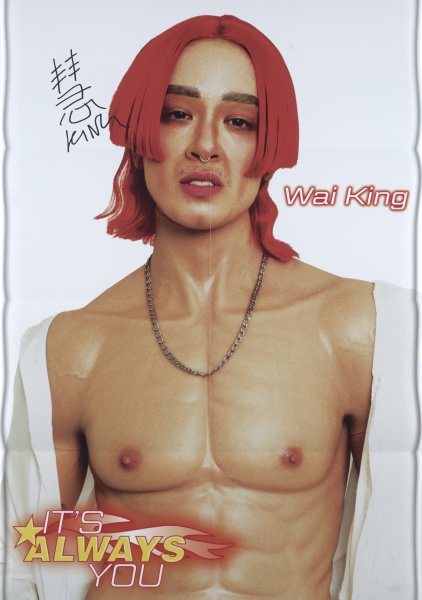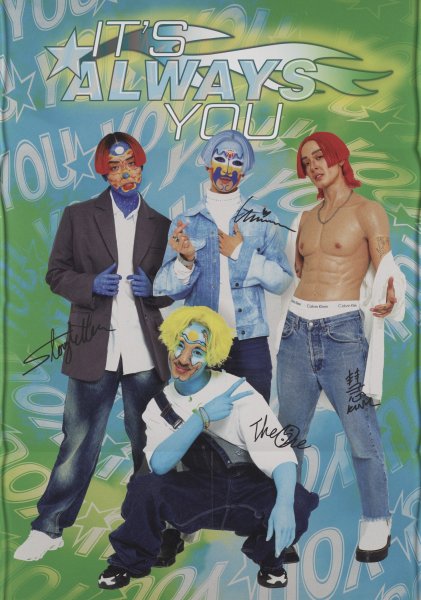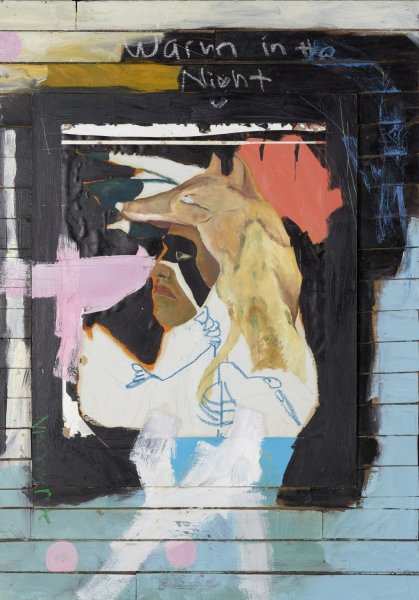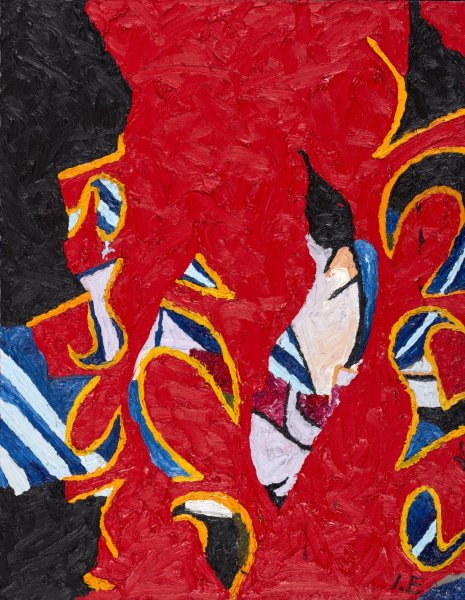Arthur Garfield Dove
American, 1880-1946
Fields of Grain as Seen from Train, 1931
Artwork Details
Currently on View
Collection Highlight
Materials
oil on canvas
Measurements
support: 24 x 34 1/8 inches (60.96 x 86.68 cm); framed: 33 1/8 x 43 1/8 x 4 1/4 inches (84.14 x 109.54 x 10.8 cm)
Collection Buffalo AKG Art Museum
Credit
Gift of Seymour H. Knox, Jr., 1958
Accession ID
K1958:1
Arthur Dove developed a pictorial language in which simplified, semi-abstract forms and earthen colors express the essence of the pastoral American landscape. Early in his career, Dove supported himself by farming, and Fields of Grain as Seen from Train celebrates the redeeming power of fertile lands. He felt that the most important characteristic of nature was its integrity, so his paintings have generalized elements and few colors. Here, waves of grain blowing in the wind and the furrows in a newly plowed field are extracted from nature and become symbols. These forms are visually unified, as if you were viewing the scene from the window of a passing train. The light is that of a warm late summer afternoon. In its rounded heaviness, the central funneling shape alludes to organic ripeness, as do the other swelling forms in a restricted but warm palette of earthy browns, yellow and verdant greens, and burnt orange. While the colors of nature predominate, they are not used realistically. Like his imagery, they are abstracted.
